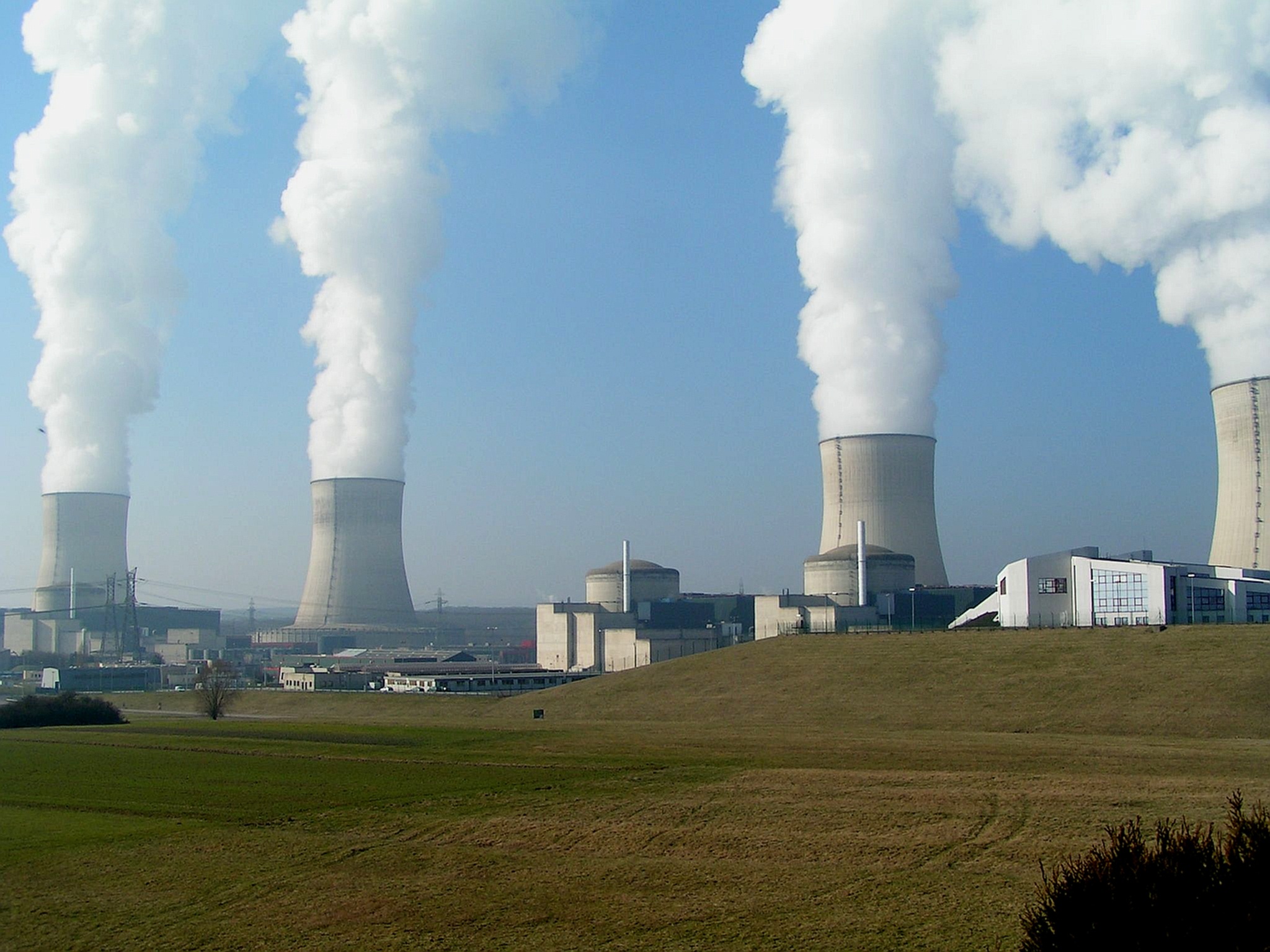Nuclear physics, a branch of physics that deals with the constituents and interactions of atomic nuclei, undeniably occupies a unique position in the scientific landscape. However, one might ponder, is nuclear physics an interdisciplinary field? This inquiry invites a deeper exploration, revealing the intricate web of connections nuclear physics has with various other scientific domains. As we delve into this multifaceted subject, we will examine the foundations, applications, and symbiotic relationships that illuminate the interdisciplinary essence of nuclear physics.
To begin with, the fundamentals of nuclear physics are rooted in both classical mechanics and quantum mechanics. Classical mechanics laid the groundwork for the understanding of atomic structures, while quantum mechanics propelled researchers into the subatomic realm, furnishing insights into particles, wave functions, and probabilities. The synthesis of these theories provides a critical framework for advances in nuclear physics. The duality of particle-wave behavior, for instance, not only shapes our understanding of nuclear interactions but also resonates with disciplines such as chemistry and materials science, where the behavior of electrons and atomic bonds can be elucidated through similar principles.
One of the most noteworthy applications of nuclear physics is found in the realm of medicine, particularly in the development of diagnostic tools and therapeutic techniques. The utilization of radioisotopes in medical imaging, such as positron emission tomography (PET) scans, exemplifies the intersection of nuclear physics, medicine, and chemistry. During medical imaging, positrons emitted from radioisotopes annihilate with electrons, resulting in gamma-ray emissions that can be captured to create detailed images of bodily functions. Furthermore, the therapeutic potential of radioisotope applications in targeted radiation therapy reveals how nuclear physics contributes significantly to oncology. This interdisciplinary collaboration not only highlights the role of physicists but also underscores the imperative partnership among healthcare professionals, chemists, and biologists in addressing complex human health challenges.
Moreover, nuclear physics plays a pivotal role in understanding energy production and environmental science. The advent of nuclear power has transformed the energy landscape, providing an alternative to fossil fuels with reduced greenhouse gas emissions. Nuclear fission, as a process, is grounded in principles of nuclear physics; however, its implications extend beyond mere energy production. The interplay between nuclear physics and environmental science is pronounced in discussions regarding radioactive waste management, nuclear proliferation, and the quest for sustainable energy sources, illustrating how physics serves as the foundation for policy-making and ethical considerations in energy use. This nexus of disciplines forms a fertile ground for multidisciplinary research endeavors, emphasizing collaboration among physicists, environmental scientists, and policymakers.
In another vein, the study of nuclear astrophysics merges the two seemingly disparate worlds of nuclear physics and cosmology. This domain explores the nucleosynthesis processes that occur in stars, contributing to our understanding of the elemental composition of the universe. The fusion reactions that power stars are manifestations of nuclear physics, while the subsequent distribution of elements throughout the cosmos connects these reactions to astronomical phenomena. Here, the interdisciplinary approach is palpable; astrophysicists, cosmologists, and nuclear physicists collaborate to unravel the mysteries of stellar life cycles and the genesis of the elements that make up all matter.
Furthermore, the field of nuclear physics is indelibly linked to advances in materials science and engineering. The development of novel materials for nuclear applications, such as radiation shielding, fuel elements, and structural components for reactors, epitomizes the convergence of disciplines. Nuclear physicists employ their understanding of nuclear interactions to innovate materials that can withstand extreme conditions, while materials scientists contribute their expertise in manipulating atomic structures to enhance these materials’ properties. This collaborative effort fosters a rich interdisciplinary dialogue, fostering novel approaches to the challenges of both nuclear energy and scientific exploration.
As we consider the implications of nuclear physics on global security and policy, the intersection with political science and sociology becomes evident. The discussion surrounding nuclear weapons, disarmament, and international treaties involves not only a technical understanding of the physics involved but also awareness of the socio-political ramifications. Scholars in nuclear policy synthesis require insights from physicists to understand the technical aspects of nuclear proliferation while merging them with societal attitudes and international relations dynamics. The diverse perspectives that arise from this interdisciplinary fusion enhance our ability to navigate the complex landscape of nuclear ethics and diplomacy.
In contemplating these multifarious connections, one cannot evade the playful challenge presented by this inquiry: can one conceive a scientific discipline as truly isolated in today’s interconnected landscape? The answer seems resounding; the collaborations and dialogues spawned by the inquiries of nuclear physics challenge the notion of intellectual silos. Instead, they insist upon a cooperative spirit among scholars from disparate fields. This cooperation not only enriches the understanding of nuclear physics itself but also amplifies its applicability and relevance across myriad contexts.
In conclusion, nuclear physics emerges not merely as a solitary discipline but as an interdisciplinary nexus that interweaves with medicine, environmental science, astrophysics, materials science, and international policy, among others. The examination of nuclear reactions, the utility of radioactive isotopes, and the exploration of cosmic phenomena showcase the essence of interdisciplinary exploration. As the challenges facing humanity become increasingly complex, the symbiotic relationships fostered through nuclear physics will undoubtedly prove critical in formulating innovative solutions. Hence, the playful question surrounding the domain’s interdisciplinary nature ultimately unveils the indispensable role of collaboration in the advancement of knowledge and technology.












